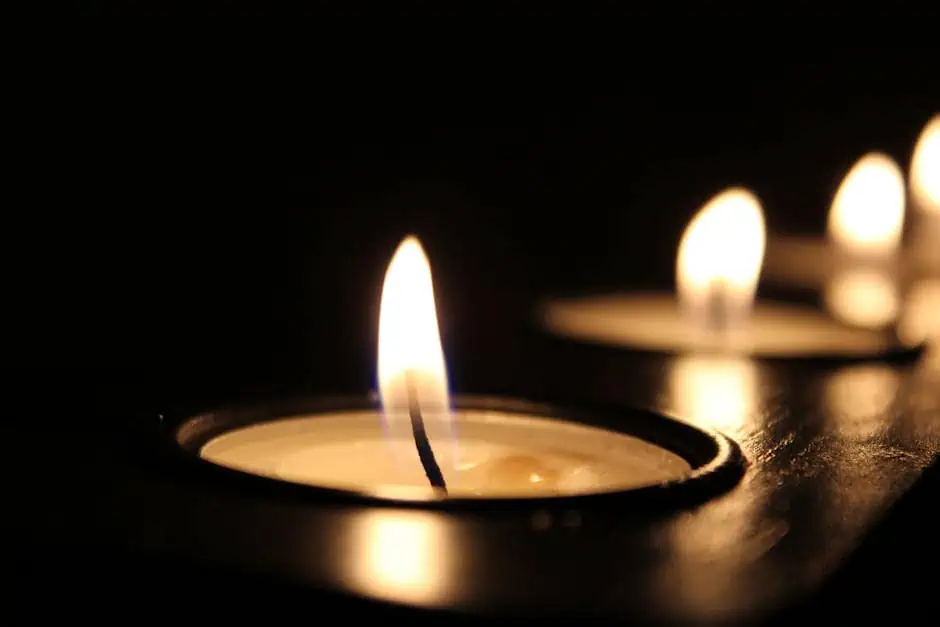Royal Berkshire Fire and Rescue Service (RBFRS) are supporting Candle Fire Safety Week (21 to 27 October) in an effort to raise awareness for candle safety measures.

Gail Muirhead, West Hub Prevention Manager for RBFRS says: “With winter fast approaching, many people enjoy the comforting warm glow of candles around their homes. However, candles produce lots of risks that can cause serious injuries to yourselves and devastation to your homes”.
“From 2021 to present, crews from Royal Berkshire Fire and Rescue Service have attended to 73 incidents of fires started by candles. We aim to significantly reduce this statistic through prevention and our safety guidance.”
Gail Muirhead, West Hub Prevention Manager
“In honour of Candle Fire Safety Week, we are urging members of our community to follow our safety advice to keep you and your loved ones safe.
“Never leave candles unattended, ensure that they are out of reach of pets and young children, and please do not burn several candles close together as this might cause the flames to flare.”
Please follow our candle safety tips.
Reducing the Risk of Candle Fires:
- Consider using flameless candles – either LED, battery-operated or electronic.
- Always place candles on a stable, heat-resistant surface in a proper holder.
- Keep the flame at a safe distance from flammable materials such as curtains.
- Keep clothing and long hair away from open flames.
- Place candles out of reach of children and pets.
- Do not place candles under shelves.
- Trim the wicks to a quarter of an inch before lighting them.
- Always extinguish candles before you go to sleep.
- Using a snuffer or spoon is safer than blowing a candle to extinguish a flame.
- If a fire should start, do not use water to extinguish a candle wax fire.
Treating Burns:
If someone does get burnt, remember: Cool, Call and Cover.
- Cool – cool the burn with cool running tap water for at least 20 minutes, and remove all clothing and jewellery (unless it is melted or firmly stuck to the wound).
- Call – call for help. Ring 999 for emergency care or 111 for non-emergency medical advice.
- Cover – loosely cover the affected area with cling film or a sterile, non-fluffy dressing or cloth.
For more safety advice, visit our Candle Safety page.